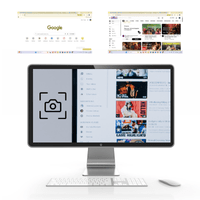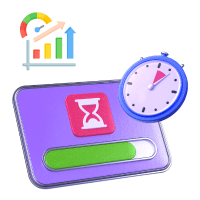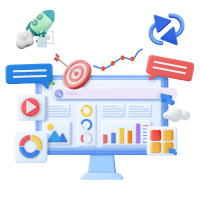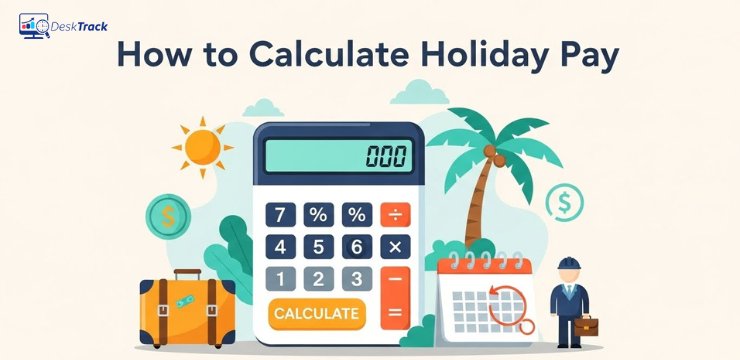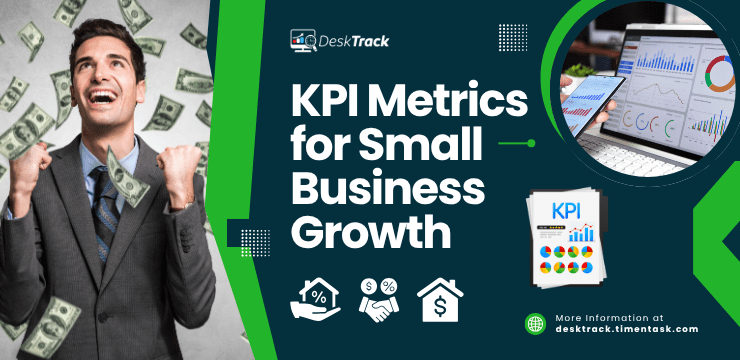
If you want to grow your business, you need to know about and track the various KPI metrics for small business growth. Your small business will not stay small forever. That’s for sure, you will expand it.
However, on what basis? Did you know that organizations that don’t set and track key performance indicators can miss various new opportunities and can be 70% behind in growth? To summarize, these metrics are the basis that indicate the level of your business and employees’ work performance.
Also known as business success metrics, these are business standards against which you judge the efficiency and productivity of your employees. So, by the end of today’s blog post, you will have all the useful performance insights you need to grow your business, and we will also tell you about the tools to precisely track KPIs. With that out of our way, let’s get started right away with it.
What is a Key Performance Indicator (KPI)?
When simplified even more, business success indicators are measurements with some quantity that assist you in analyzing how well your business and employees are performing. A great part about KPIs is that you can use them to evaluate different operational areas over a time bracket, regardless of the size of your organization. Here’s what else you need to know.
- As long as you collect enough data, these indicators can give you weekly, monthly, or even yearly performance insights.
- When you analyze these business success indicators regularly, identifying what works and what doesn’t becomes easy.
- It provides you with more flexibility when it comes to creating organizational improvements and allows you to plan stronger long-term strategies.
- The way you calculate these metrics varies depending on your business size and product or service category.
Read Also: All You Need to Know About Daily Task Manager Software in 2025
4 Types of KPI Metrics for Small Business Growth
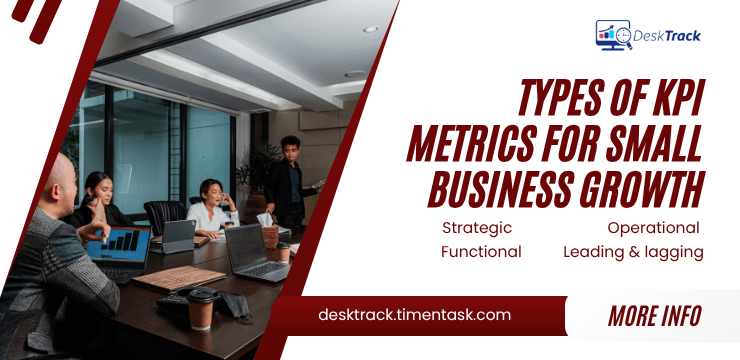
It’s also essential to wrap your head around the different types of KPI metrics to expand your small business worldwide. Simply put, based on the various parameters of your business, there are 4 types of KPIs. That’s all there is to it.
| The highest level of indicators. Strategic metrics tell how your business is performing. However, they don’t provide much information. Overall, executives use them. |
| Based on a tight time frame, operational metrics determine your daily or monthly business performance. This is based on various geographical locations, processes, or segments. Management uses them to answer questions extracted from the strategic metrics. |
| Functional metrics work based on particular departments or functions within your organization. |
| These indicators measure the category of information being evaluated and whether it’s signaling something of value to the business. To summarize, leading metrics indicate a change that is about to happen, while lagging metrics provide the measure of a change that has already happened. |
Why Should You Set & Track KPIs?
Make your workday more productive
Time tracking and work management can help you reach your goals
faster.
So, why in the world should you use KPIs? Other than being a quantifiable measurement for business and employee performance, there are various benefits of setting and tracking these metrics. Here are 7 of them to begin with.
1. Track Progress
Configuring and monitoring these metrics lets you measure your performance against your business objectives. Plus, it becomes easy and simple to identify areas of improvement and make strategic decisions to run your business. On the other hand, if you don’t track and set these metrics:
- It will be difficult for you to measure success and/or progress
- You will miss opportunities
- You will experience reduced competitiveness
- Your profits will decrease.
2. Identify New Opportunities
If you have a dashboard combining different metrics, you get easy access to the insights you need to identify problems or convert new opportunities to success.
3. Monitor Business Health
These metrics are also the scorecard of your business. You only require a few key metrics for monitoring your crucial indicators. What you need to do here to get results is to concentrate only on measuring what truly requires changing.
4. Accountability
Making and monitoring KPIs assists your employees in taking full responsibility for their work and outcomes. Furthermore, to implement and enhance the accountability of our employees, we use screenshot monitoring software.
5. Evaluate Strategy Efficacy
When implementing a new business strategy, evaluating success metrics will let you know whether it will work or not. Measuring your staff’s metrics before implementing a strategy acts as a starting point. What you need to do is compare it to your new metrics and get precise efficiency insights.
6. Make Data-Driven Decisions
Past insights assist you and your teams in making more intelligent data-driven decisions. Here’s how it works.
- View a particular year’s indicators.
- Evaluate the strategy your teams used to provide those metrics and whether they were different than usual.
- The changes that happened during that time, which you can act upon.
- Using these numbers is a great way to make decisions to move forward in the future, so that you can make more informed decisions.
7. Identify Strategic Loopholes
By measuring multiple unique indicators, you can simply pinpoint the part of your strategy where you are lagging, as you notice a low in one. It provides your teams with an opportunity to adjust their strategies for the next initiative.
The 5 Essential KPI Metrics Small Businesses Need to Know About
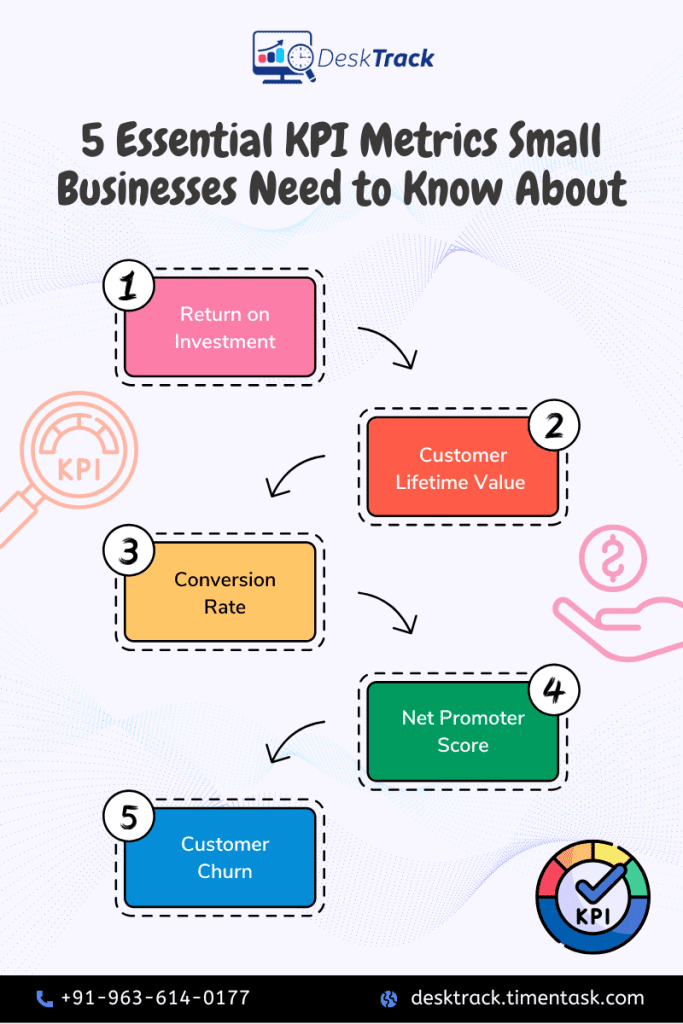
Soon, you will have all the insights you need to expand your small business. With that being said, here are the 5 KPI metrics for small business growth, which you need to know about:
1. Return on Investment (RoI)
RoI is the amount of money you earn for every investment you make. This amount spent can be on:
- Human resources
- Machinery
- Marketing campaigns
It can even be on a software solution, such as the best time tracking software for your business. Overall, it can be anything that can provide you and your business with potential growth. The purpose here is to determine the effectiveness of a specific business move by measuring its long-term profitability.
- RoI = Profit Earned/Total Investment Cost.
- $3 = $15000/$5000.
2. Customer Lifetime Value (CLV)
As the name suggests, the CLV of your business assists you in keeping track of particular consumers and their journey with your organization. Simply put, it’s the expected revenue from each customer during their bond with your business. Overall, you use this indicator to determine how much you need to pay to get and retain a customer, and insights on where to spend that money.
3. Conversion Rate
Conversion rates determine how many consumers have taken action towards an objective you have set. There are many methods to measure this, depending on your business requirements.
To give you an instance, suppose you have sent an email to 80 consumers and 30 have responded. In such a case, you will use this formula.
- Conversion Rate = Number of Subscribed Customers/Number of Customers Who Saw the Email.
- 38% = 30/80
4. Net Promoter Score
The net promoter score measures how happy your customers are with your business. Plus, it also determines your consumer’s loyalty to your organization. Usually, you will calculate this based on the business recommendation score your customers give you on a scale of 1 to 10:
| Point Scale | Category |
| 9-10 | Promoters |
| 7-8 | Passives |
| 0-6 | Detractors |
- Net Promoter Score = Promoters (%)-Detractors(%)
- 60% = 80%-20%
This value helps you decide how well you are inspiring brand loyalty. Furthermore, it can help you provide better support to the detracting consumers who are on the verge of leaving your business.
5. Customer Churn
Did you know that it’s 5x more costly to bring in a new customer than to retain one? The point is that your revenue decreases with every consumer that goes away. Thus, you need to take every possible measure to ensure that your existing customers stay.
Knowing your churn rate assists you in deciding how many customers stopped doing business with you in a given period. This lets you know what went haywire that you failed to satisfy your customers, leading to them choosing your competitors over you.
- Customer Churn Rate = Lost Customers/Total Customers
- 8% = 46/50
However, you also need to remember that this rate is not always your fault. It could be related to:
- Time of the year
- The economy
- Other forces about which you couldn’t have done anything
Thus, it’s crucial to track it in the long term and not make estimates based on short-term data.
Read Also: All You Need to Know About SMART Goals for Your Business
Top 10 Tools to Monitor KPI Metrics for Small Business Growth
So, you have got all the information you need to set business success metrics to expand your small business. However, how will you track the performance based on these? We have got you covered with the top 10 KPI tools.
We have included an overview, user ratings, and the most affordable paid plans with each option to ensure that you make a wise choice.
- DeskTrack
- Geckoboard
- Salesforce CRM
- Grow
- Tableau
- Olation
- SimpleKPI
- Scoro
- Asana
- Google Looker Studio
1. DeskTrack
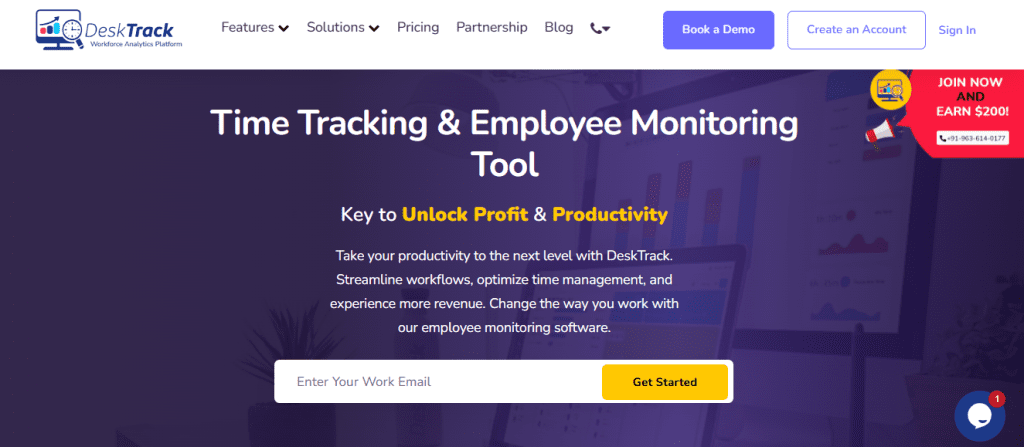
Simply put, DeskTrack is the most customizable, flexible, and scalable employee monitoring software solution for your business. It lets you configure project-based metrics, and it tracks the progress in real-time. Plus, from screenshot monitoring and activity tracking to data analytics and reporting, it has everything you need to boost the efficiency and productivity of your in-office, remote, and field teams.
| Most Affordable Paid Plan | User Rating |
| $5.99/user/month | 5/5 |
2. Geckoboard

This live KPI tracking software solution provides you with a drag-and-drop interface to create your dashboards for various metrics. Furthermore, it can also seamlessly integrate with various platforms, such as Google Analytics.
| Most Affordable Paid Plan | User Rating |
| $60/month | 4.6/5 |
3. Salesforce CRM
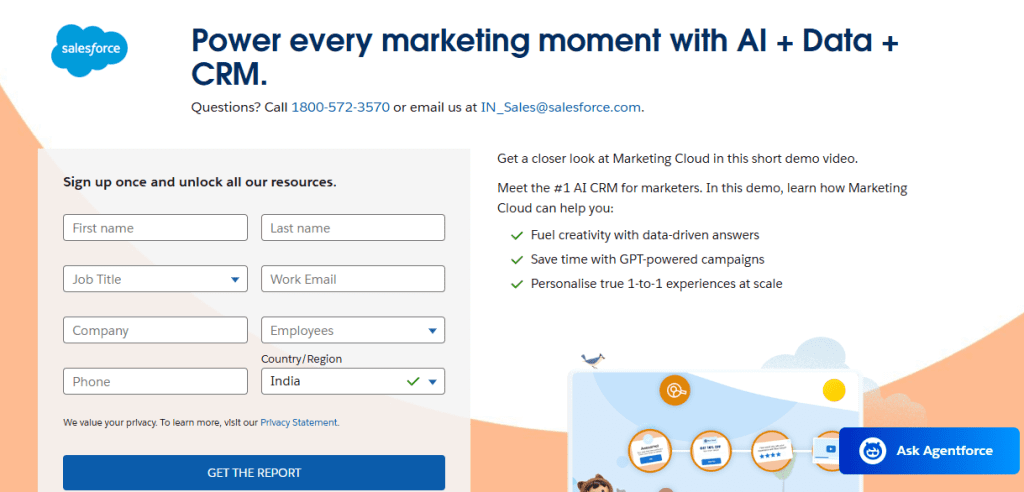
This customizable customer relationship management software provides you with a plethora of features, third-party integrations, and add-ons. This makes it ideal for growing businesses with diverse requirements.
| Most Affordable Paid Plan | User Rating |
| Quote on contact | 4.5/5 |
4. Grow
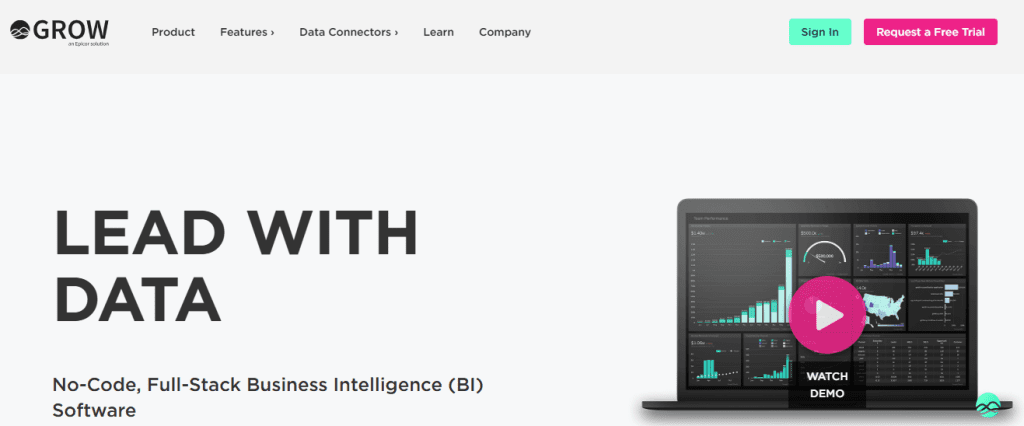
As the name suggests, Grow is a BI dashboard and reporting software, aiming to help your business grow faster. For the same, it provides you with many features, including integrations, customizable charts, and pre-built metrics.
| Most Affordable Paid Plan | User Rating |
| Quote on contact | 4.4/5 |
5. Tableau
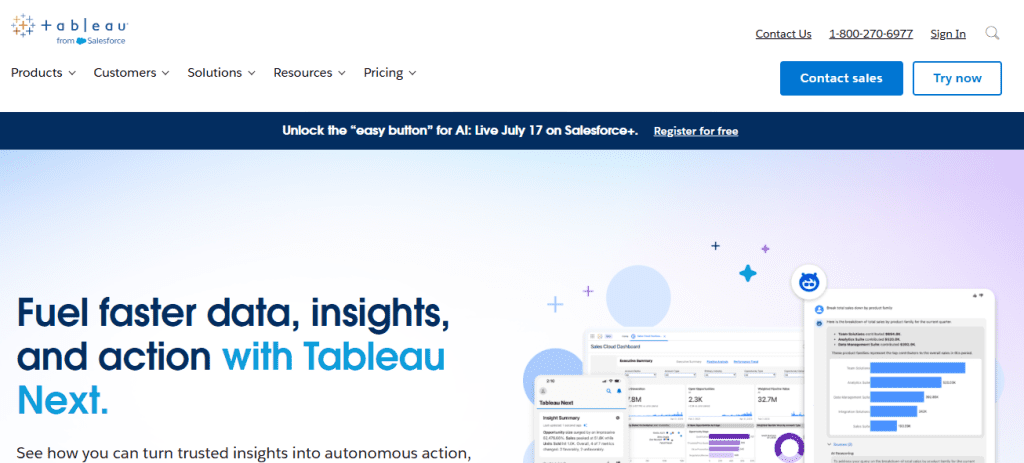
What we like about this option is that although it’s designed for retail and e-commerce industries, it has excellent features and valuable templates for all kinds of businesses. Overall, its dashboards and templates make it easy to:
- Track performance
- Identify patterns
- Create timely data-based decisions
| Most Affordable Paid Plan | User Rating |
| $75/user/month | 4.6/5 |
6. Olation

If you are looking for a software solution to organize and connect data throughout different systems, then Olation is the one for you. What it does is simplify how you share and structure data, making it easier to work with complex information in the database.
| Most Affordable Paid Plan | User Rating |
| Quote on contact | 4.5/5 |
7. SimpleKPI

This user-friendly industry-wise software helps businesses such as yours keep track of crucial business success metrics. Although it’s simple, it has the power to monitor a plethora of KPI metrics for small business growth.
| Most Affordable Paid Plan | User Rating |
| $79/month | 4.8/5 |
8. Scoro
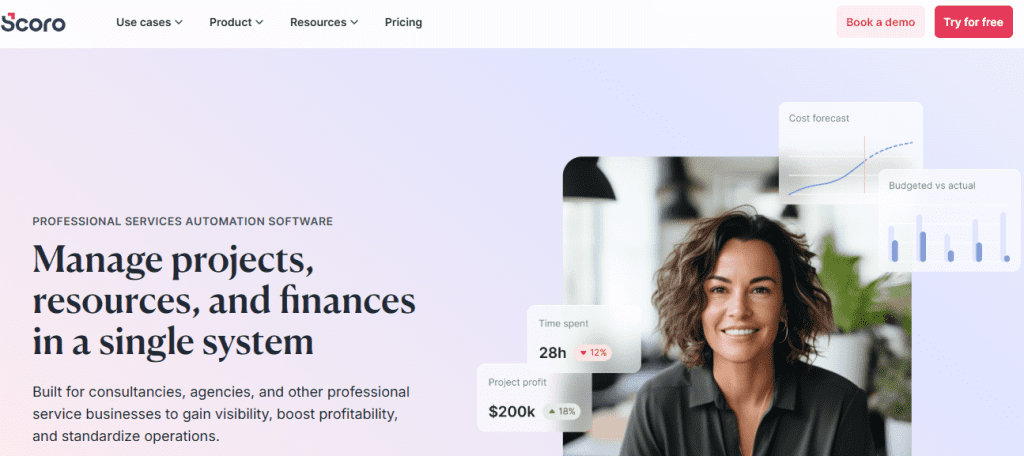
Scoro helps you monitor every aspect of your business’s performance in real-time. That too, from a single dashboard. On top of that, it integrates with the other business applications you use, provides a customizable dashboard with limitless widgets, and a centralized management solution.
| Most Affordable Paid Plan | User Rating |
| $19.90/user/month | 4.6/5 |
9. Asana

Asana is one of the best project management software solutions for project-based KPI monitoring. It provides you with a card system to create tasks, set goals and due dates, and assign team members with responsibility to complete them.
| Most Affordable Paid Plan | User Rating |
| $10.99/user/month | 4.5/5 |
10. Google Looker Studio
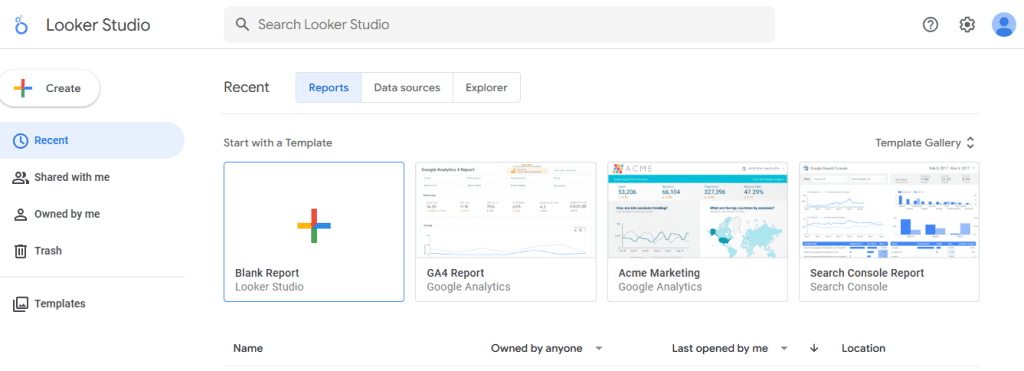
If you want to convert raw business data into customizable interactive dashboards, then Google Looker Studio is the one you want. Plus, it also connects with well-known platforms, including Google Analytics.
| Most Affordable Paid Plan | User Rating |
| Quote on contact | 4.6/5 |
Conclusion
Now, we hope that you have wrapped your head around KPI metrics for small business growth. Of course, your small business will not stay small forever, and we hope it expands. However, hoping isn’t enough.
You need to set and track key performance indicators, which are also known as business success metrics, to meet your goals. Moreover, it can also get quite complex tracking all these different types of metrics. You need a dashboard that can assist you in doing it all from a single centralized place.
You need the top KPI and employee monitoring software solution. With DeskTrack, you get everything you need to monitor and boost the work performance of your employees and business.
Frequently Asked Questions (FAQ)
Q. What are the 4 P’s of KPI?
Ans. Here are the 4 Ps in KPI.
- Product
- Price
- Place
- Promotion
Q. What is a Key Metric for Measuring Business Growth?
Ans. When simplified even more, business success indicators are measurements with some quantity that assist you in analyzing how well your business and employees are performing. A great part about KPIs is that you can use them to evaluate different operational areas over a time bracket, regardless of the size of your organization.
Q. What are the Benefits of Setting & Tracking KPIs for Small Business Growth?
Ans. Here’s what setting and tracking KPIs help you do.
- Track Progress
- Identify New Opportunities
- Monitor Business Health
- Accountability
- Evaluate Strategy Efficacy
- Make Data-Driven Decisions
- Identify Strategic Loopholes
Q. How Many KPIs Should a Small Business Have?
Ans. Typically, a small business will get by with a dozen KPIs or so.
Q. What are the 5 KPIs Used to Track Performance?
Ans. Here are the top 5 KPIs used to monitor business performance.
- Return on Investment (RoI)
- Customer Lifetime Value (CLV)
- Conversion Rate
- Net Promoter Score
- Customer Churn



